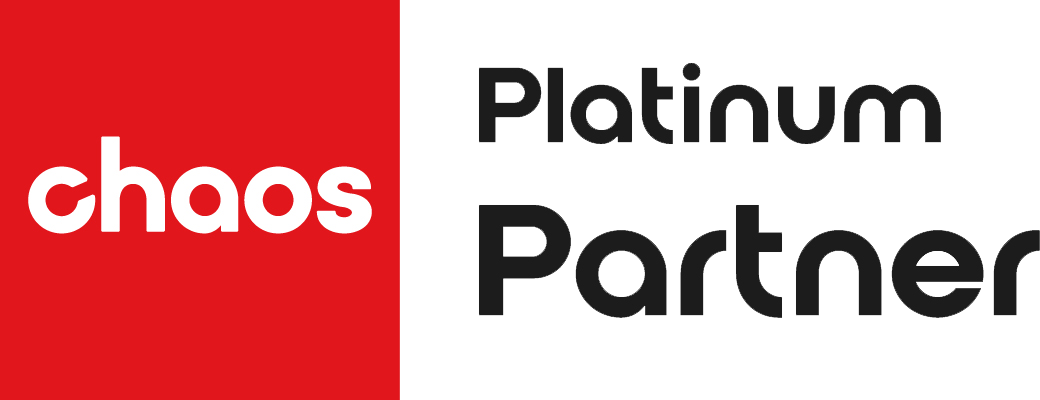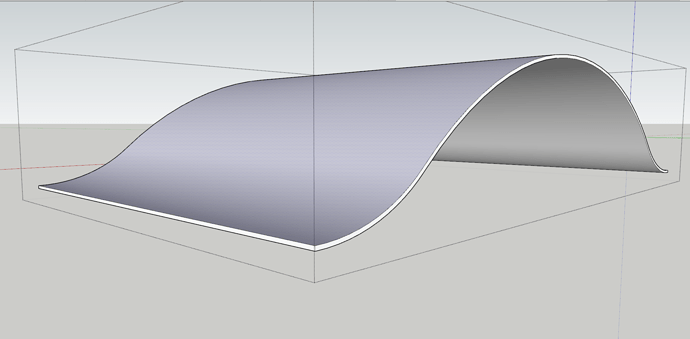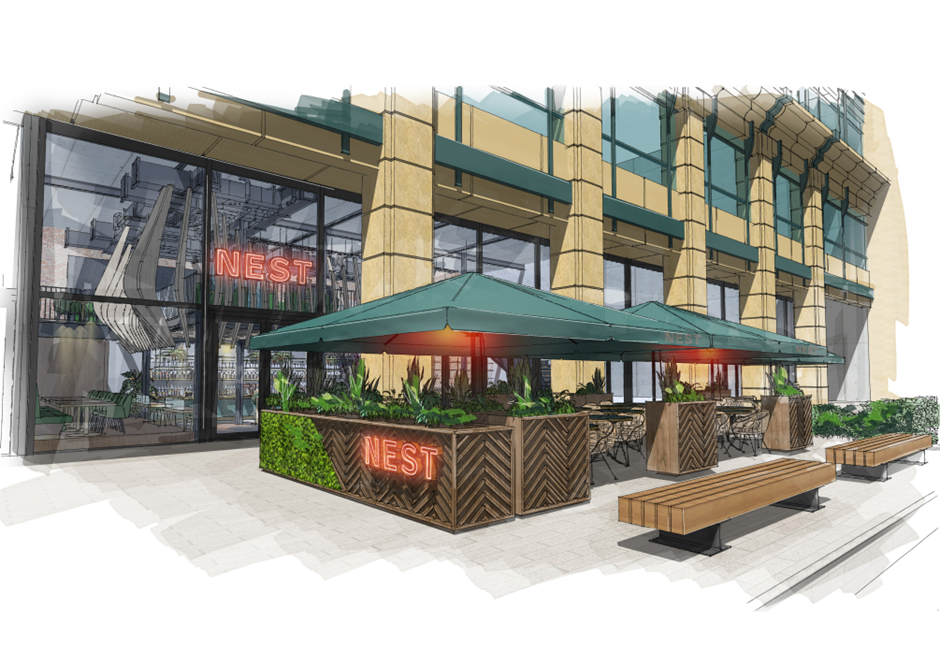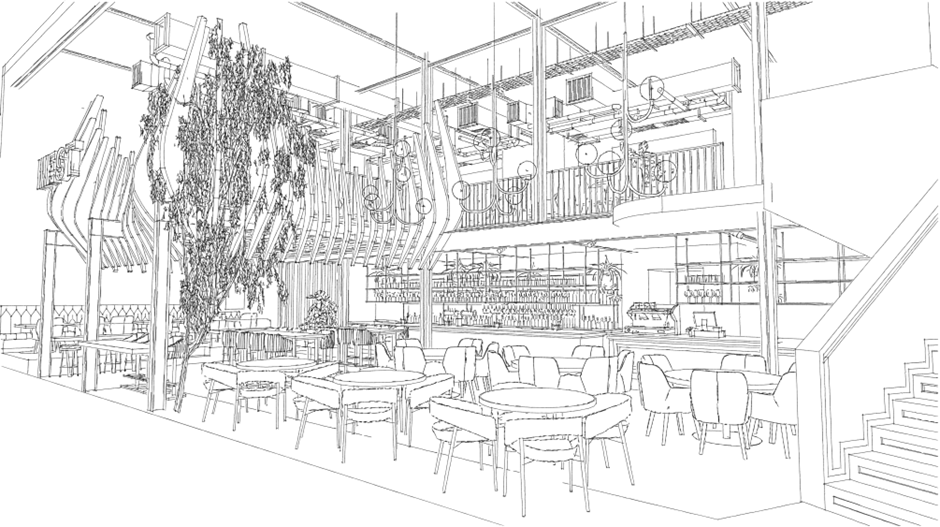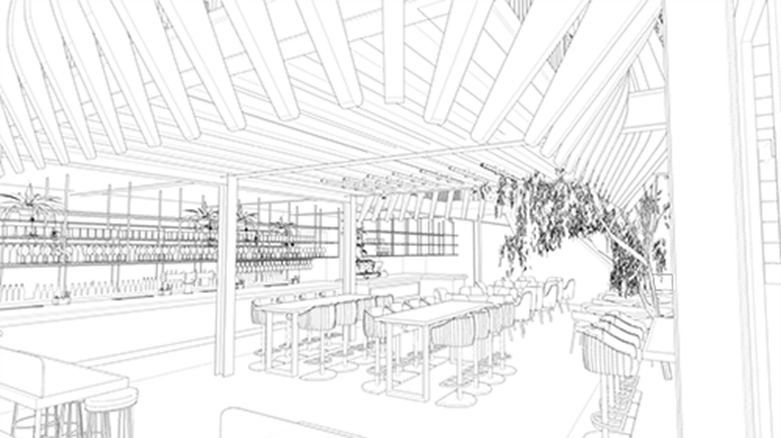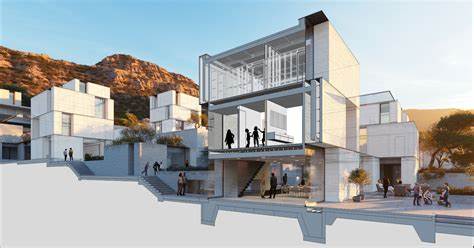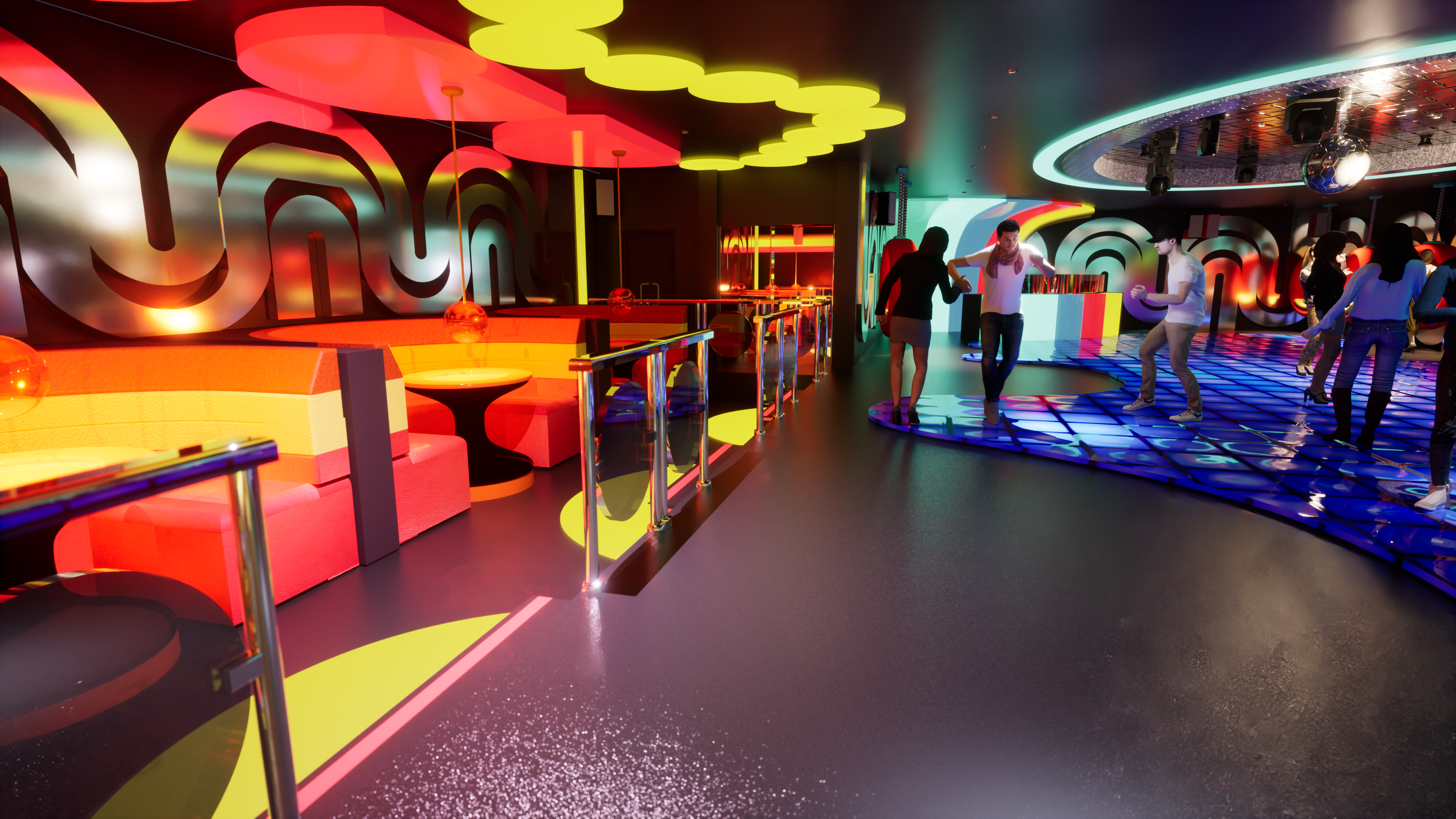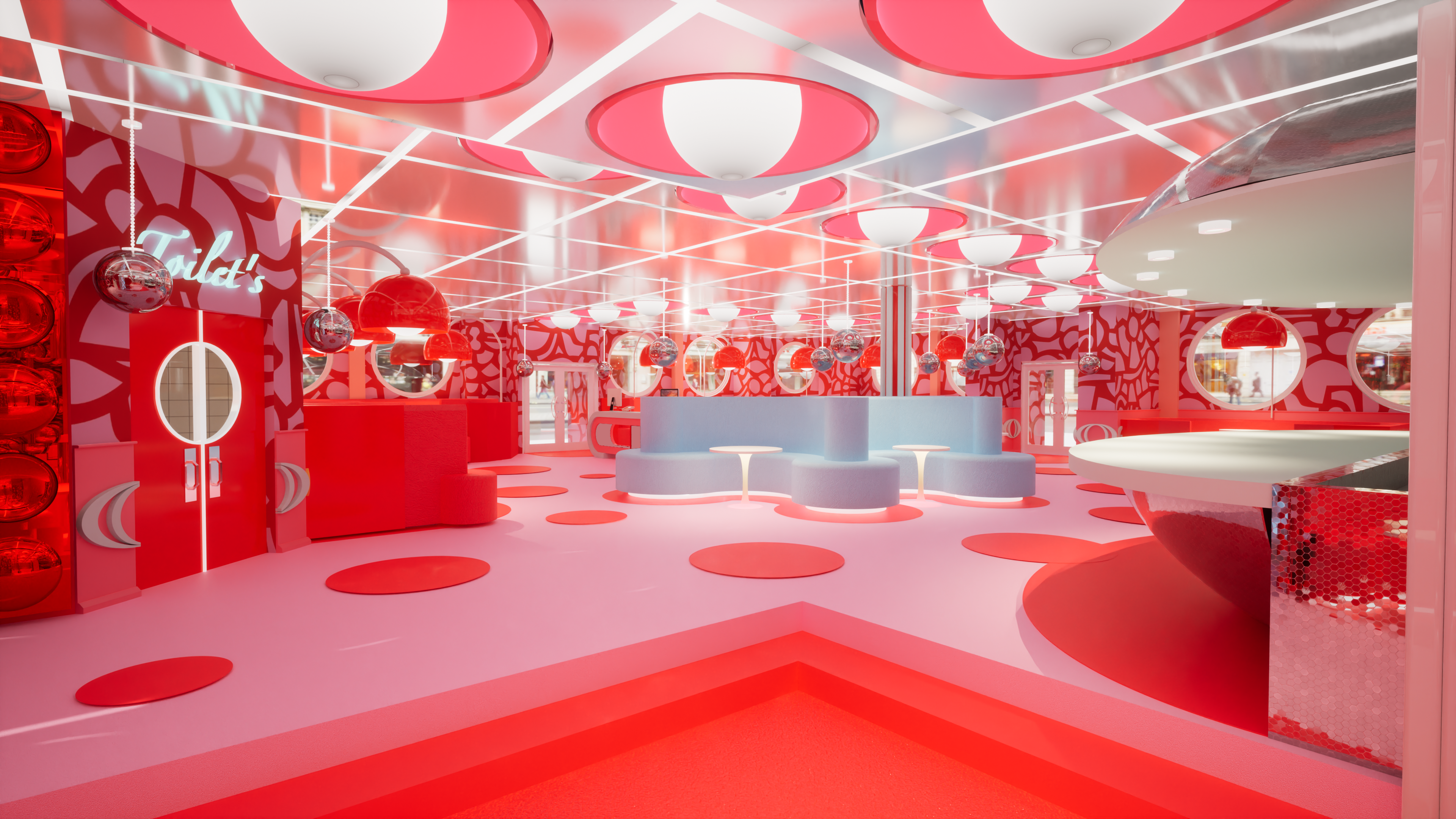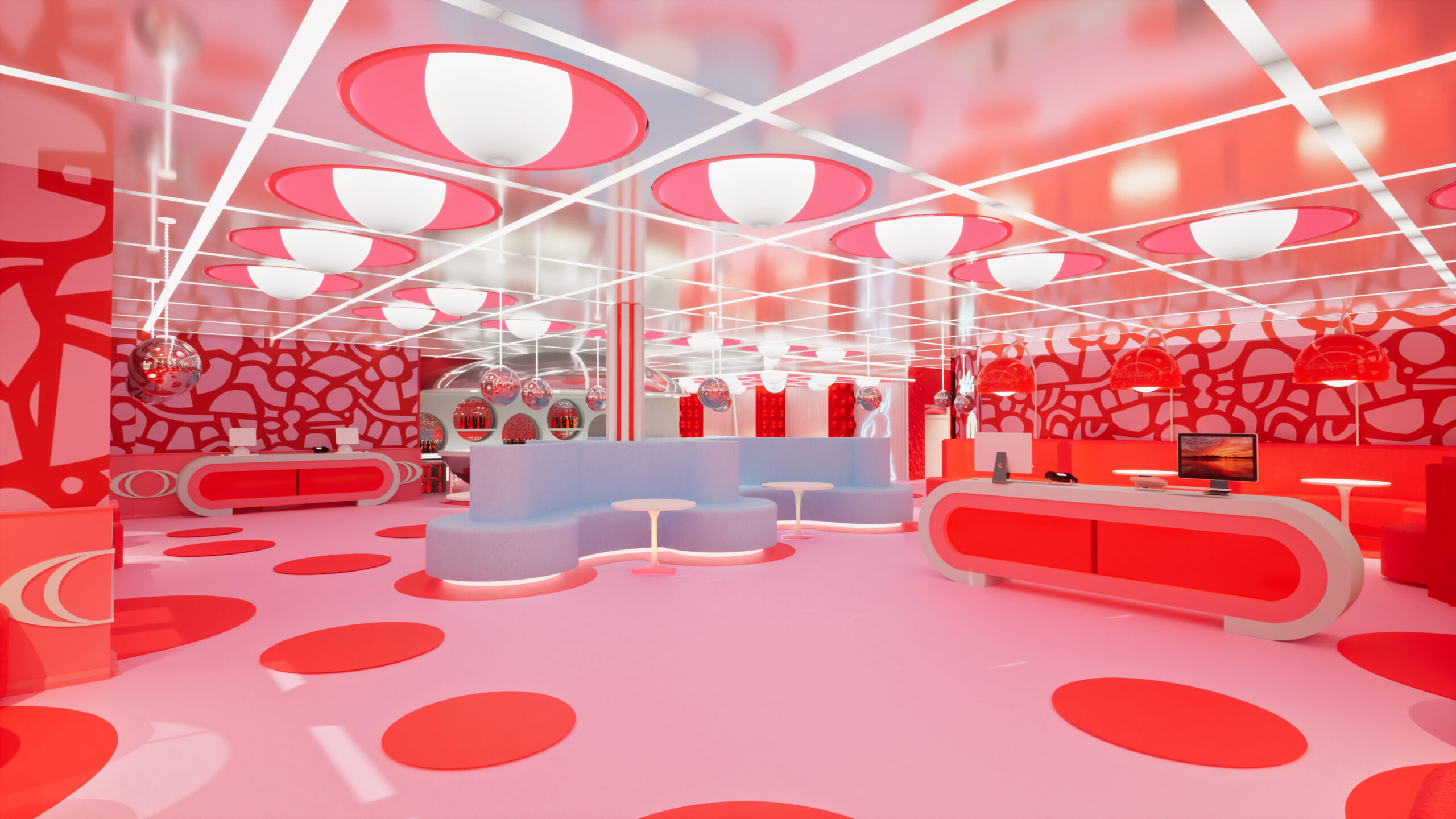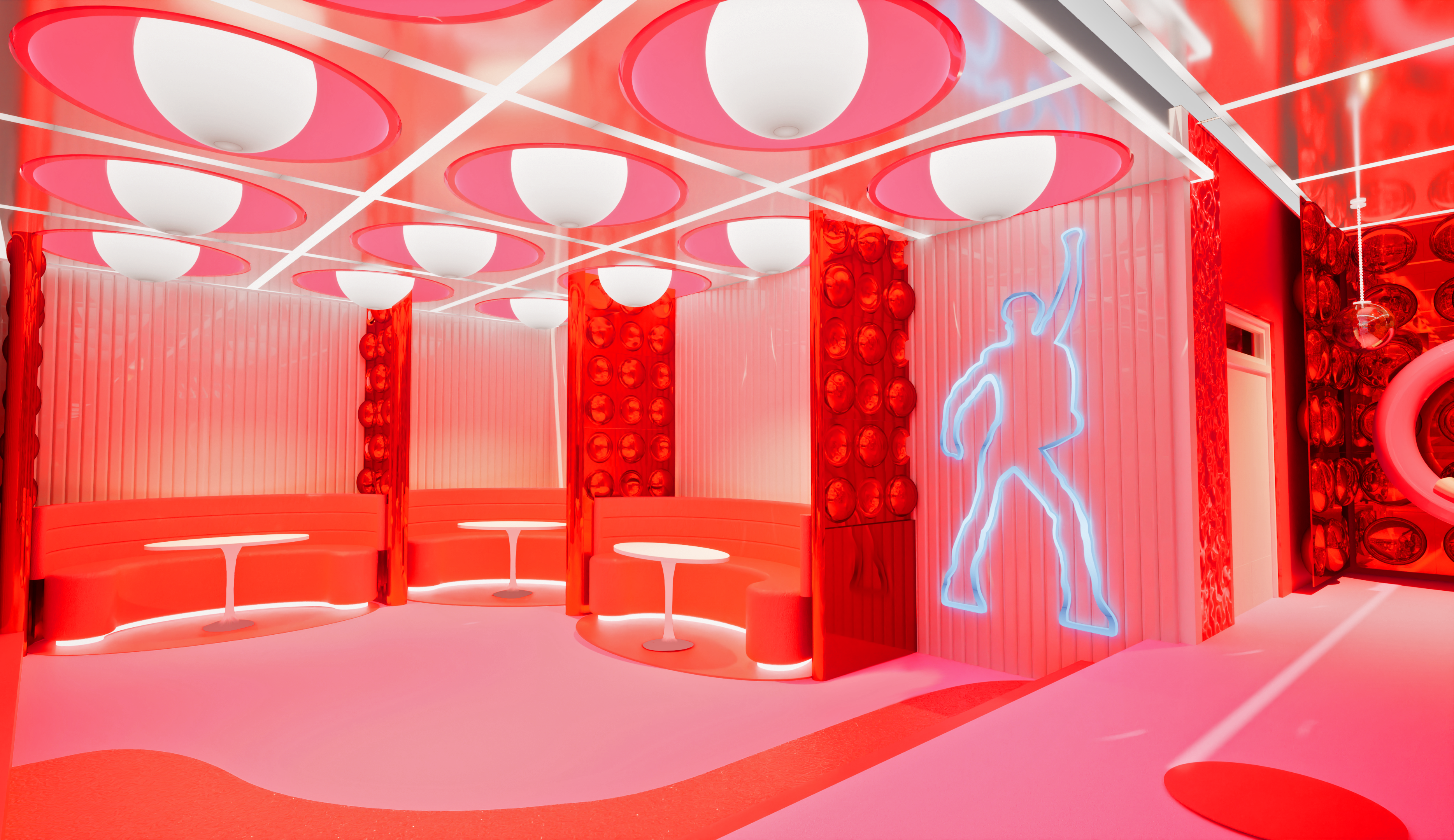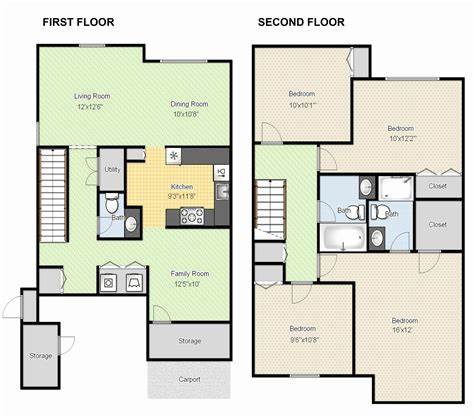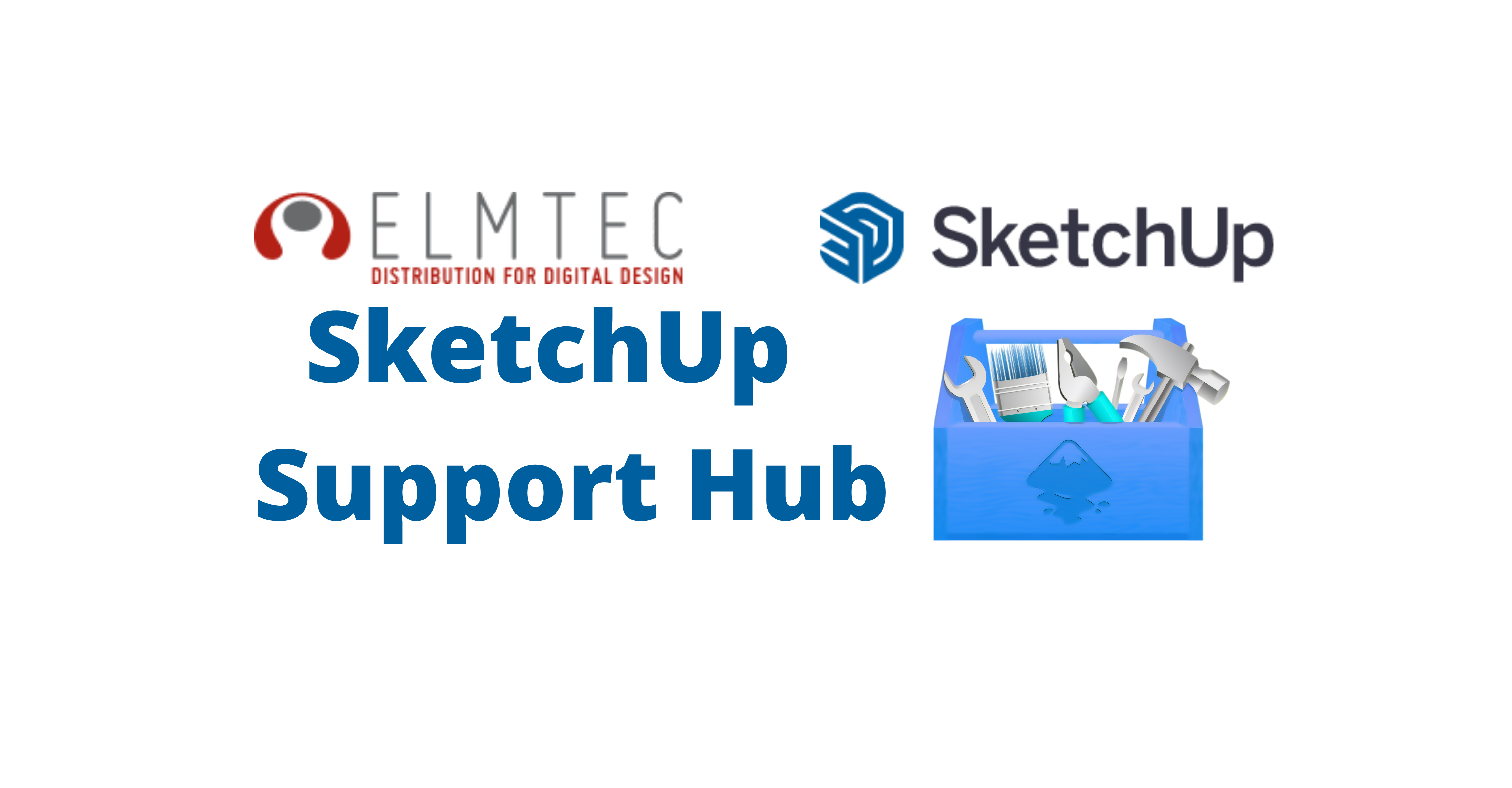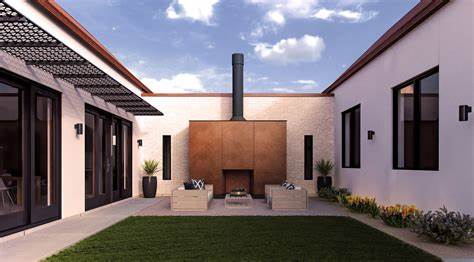Life without curves? You’re not going to get far! When you’re into 3D drawing, curves are an essential element of your skill set, a basic drawing skill you’ll want to get under your belt as soon as possible. Let’s take a detailed look at how to create a curved surface in Sketchup. By the end of this article you’ll know which tools and ways are available for achieving Sketchup curves, how to create the perfect Sketchup curved surface for your project, whatever it might be, and which Sketchup curved surface plugin choices you might want to make. By the end you’ll know exactly how simple and intuitive it is to make all sorts of things curvy with confidence.
Creating Curves in Sketchup Pro
First of all, it’s good to know there isn’t just one way to create Sketchup curves. There’s a multitude of different methods, which means the potential is more or less infinite. The same goes for curved forms, made super-easy to achieve thanks to a variety of standard methods and tools as well as extensions.
In Sketchup, extensions perform much the same role as plugins. They’re individual tools designed to perform a specific function faster, easier, or simply do it outside of the regular pro tool route. All this makes curves a pleasure to work on.
It matters because Sketchup curves are an essential part of contemporary design. Organic shapes please the eye, sitting at the heart of all sorts of everyday and extraordinary items. Curves imply comfort. We’re naturally drawn to sleek, smooth surfaces and shapes. And so many natural forms are curved.
You want your drawings to look as realistic and compelling as you can, and that’s what Sketchup is all about – drawing ‘amazing’ quickly and professionally, and enjoying the process every step of the way. You’ll find creating curves and curved surfaces in Sketchup Pro is easy, intuitive and fun. Here are some of the most popular basic Sketchup curved surface techniques.
How to Create a Curved Surface Using Push Pull and Arcs
How to make Sketchup curves? For a start there are four cool tools for making arcs: the Arc tool itself, the Pie tool, the 2 Point Arc tool, and the 3 Point Arc tool. As a rule an arc comes with several connected line segments but in your model it’s a single entity. An arc can define the edge of a face, and it can also divide the face. While it’s a single entity in your drawing, SketchUp’s intelligent inference engine identifies each segment making up the arc and highlights the geometry points you’ve made when you hover your cursor over them.
How are arcs made? Every arc you draw naturally contains 12 segments, but you can ask the programme to use more or less. More segments will make an arc smoother, but it’s more resource-hungry for Sketchup. Using fewer segments makes things faster but there’s a pay-off in the form of an arc that might look a bit blocky. It depends on the purpose of your drawing. For client-ready work, you might want to make things look as smooth as possible. For an initial sketch or early draft you might be OK with fewer segments and a less-smooth Sketchup curved surface.
The Arc tool – Arcs to your specification in four clicks
The Sketchup curves Arc tool activates a cool protractor designed to help you set the arc’s start and end points based on the angle you want. The first click sets your centre point, the second the end point, and the third click finishes the arc. The result is an arc consisting of straight-edged segments. How simple is that!
The Pie tool – Delivers a closed pie that turns into a face
The Pie tool works the same way as the Arc tool but it gives you a closed pie shape that becomes a face.
The 2 Point Arc tool – Changes your cursor into a penc
The 2 Point Arc tool lets you use a pencil intuitively to click and define one end of the arc, and click again to pinpoint the other end. A third click lets you define the arc’s bulge.
The 3 Point Arc tool – Another handy way to draw arcs with a pencil
The 3 Point Arc tool also transforms your cursor into a pencil, and delivers results in just three clicks. One to set the starting point, one to set the pivot point, and a third click to define the endpoint.
Here’s how to draw a Sketchup curved surface with the Arc and Pie tools. This is one of the earliest exercises many people familiarise themselves with in Sketchup Pro simply because it’s so incredibly useful:
- Close the bottom of the arc
- Select the Push / Pull tool, or use the P key
- Click on the arc face
- Drag the cursor to turn your 2D arc shape into an extruded 3D form
You can also easily change angular 3D shapes using this extrusion technique to introduce a Sketchup curved surface, used either additively or subtractively.
Create Curved Surfaces Using Sketchup Pro Sandbox Tools
Sketchup Pro sandbox tools are another excellent way to make Sketchup curves. . Perfect for a variety of essential and imaginative curved surfaces, specialist Sandbox tools let you draw berms, ponds, rolling landscapes and more.
The Smoove tool, for example, models hills and valleys on a TIN or triangulated irregular network, an easy and very effective way to sculpt terrain. It works on terrains you create yourself from scratch, and for imported terrains.
The Add Detail tool lets you easily and quickly split a selection inside your TIN into smaller triangles, giving you more fine detail wherever you want it. And because importing Google Earth contours or terrain usually comes with flat spots you don’t want, there’s a Sketchup tool specially for fixing it. It’s called the Flip Edge tool.
Make winding pathways, create realistic landscapes, it’s all possible with Sandbox tools, and using them to sculpt curved surfaces this way is also really good fun. Here’s how easy the basic technique is:
- Go to Sketchup Pro sandbox tools > Create a grid
- Select the ‘smooth’ tool from the sandbox
- Clicking on the flat grid and defining a radius lets you pull and mould a basic flat shape into all sorts of complex curved surfaces
- Use the ‘soften edges’ tool to smooth the curved surface
Create Curved Surfaces Using Sketchup Pro Extensions
There’s an exciting collection of excellent Sketchup curved surface plugin choices, some of which come with great Sketchup curved surface extrusion capabilities. Take JHS powerbar, a plugin made up of a collection of powerful tools rolled into one. One of them adds c points, a guide to construction points in Sketchup, placing geometry on your vertices. One draws lines to connect your c points, and another places a component on your c points, handy when your components are resource-heavy. Just replace them with a proxy by clicking on them.
There’s a component replacer, and you can build all sorts of interesting amorphic shapes. There’s a tool to subdivide faces in three ways, an align tool, and a 3d rotate tool. And you can randomly scale selected components. One of the tools both rotates and randomly scales in one go. There’s an upright extruder and a follow tool. The follow me tool twists extruded faces in three directions but keeps the extruded face upright. And the tool the face finder finds coplanar edge loops and fills them for you. And that’s just the start.
Make a pipe around a path. Create a tube. Put components along a path then input the distance you want between them. Flatten objects or vertices with three cool tools. There’s a mirror tool to define mirror planes, and it’s easy to move an object by pressing arrow keys on the keyboard. Then you have a suite of Sketchup curved surface smoothing tools to tap into.
It’s easy to install extensions in Sketchup Pro. Just download the .rbz from the plugin store and save it to your hard drive. In SketchUp, select the Window / Extension Manager menu point. At the extension manager window click ‘Install extension’, then choose the select the .rbz file of the plugin you want to use.
It’s useful to know that the basic technique to create curved surfaces using push/pull and arcs in Sketchup Pro has limitations, simply because you need to define and create a flat surface or face to be extruded, for example a double curve. The JHS Powerbar extension lets you extrude curved lines by vector, directly extruding them into a surface without any thickness. And that makes your Sketchup curved surface plugin life easy.
Sketchup Tutorials to learn Sketchup curved surface plugin skills
You’ll have access to a huge collection of excellent Sketchup Tutorials designed to get you going faster. And you can have a go creating Sketchup curves magic for yourself by downloading Sketchup Pro, here.


